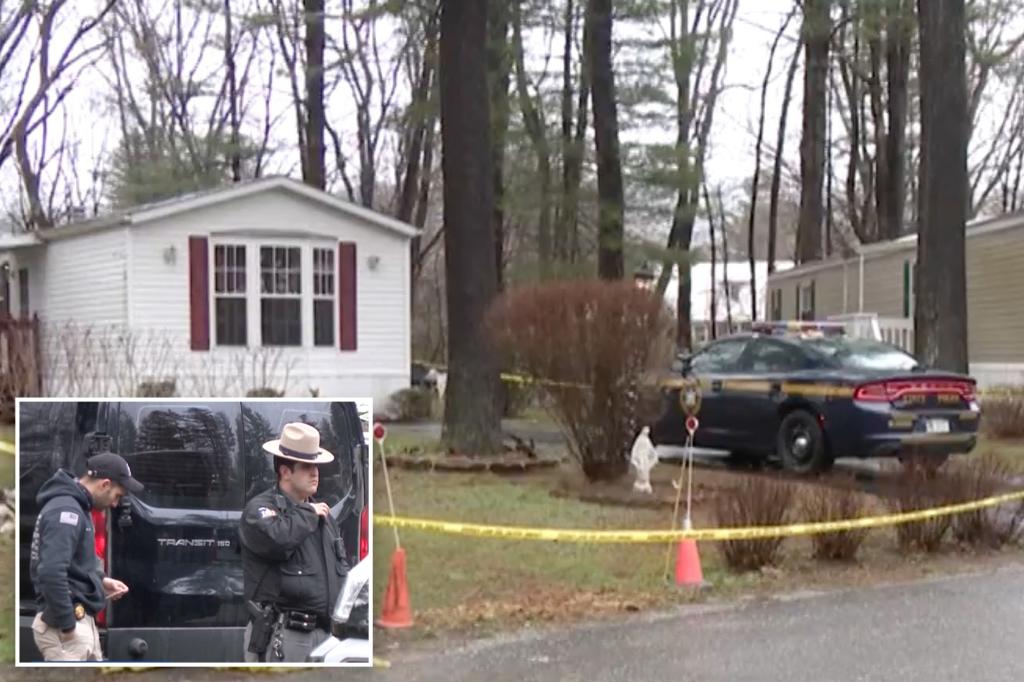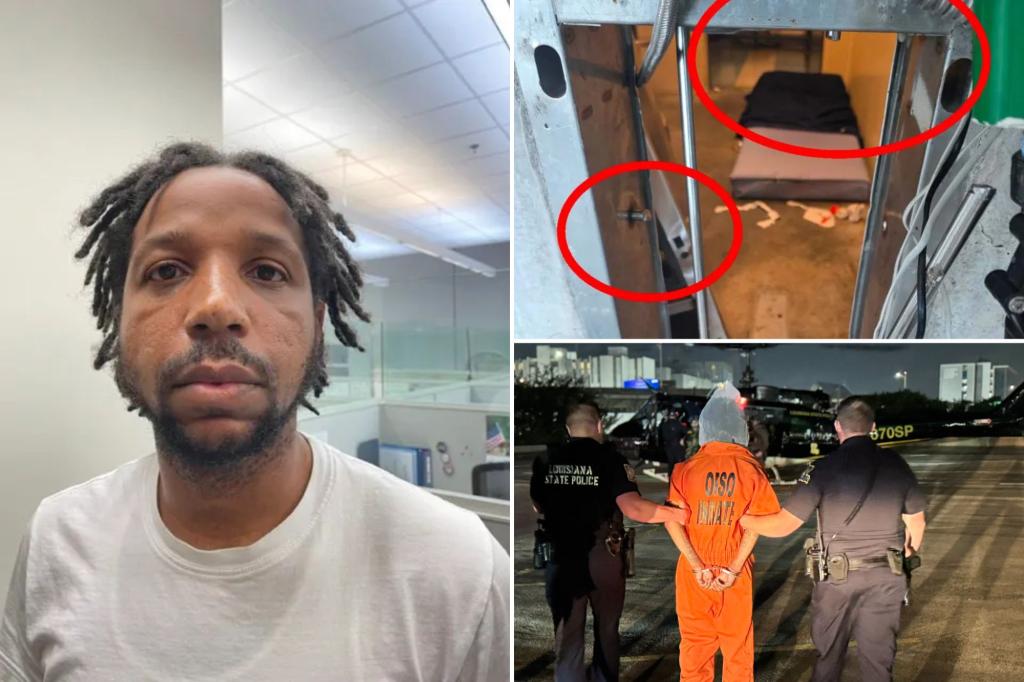Fatal Confrontation: Police Shooting of Armed Woman in Upstate NY Sparks Outcry
In a tragic incident that has reignited debates over police use of force, officers in upstate New York fatally shot a woman who allegedly pointed a firearm at them during a confrontation on Tuesday evening. The encounter occurred around 6:30 p.m. in a residential neighborhood of Rochester, marking the city’s third officer-involved shooting this year. Authorities reported that the woman, identified as 34-year-old Alicia Mendez, refused multiple commands to drop her weapon before officers opened fire.
Timeline of the Deadly Encounter
According to police reports, the incident began when neighbors called 911 to report a distraught woman brandishing a handgun outside an apartment complex. Body camera footage released by the Rochester Police Department shows officers arriving within eight minutes of the initial call. The video depicts a tense seven-minute standoff before the fatal shots were fired.
- 6:22 p.m.: First 911 call received about armed woman
- 6:30 p.m.: Police arrive on scene
- 6:37 p.m.: Shots fired by two officers
- 6:45 p.m.: EMS declares Mendez deceased at scene
Community Reactions and Demands for Transparency
The shooting has drawn mixed reactions from Rochester residents. While some community leaders are calling for immediate police reform, others argue the officers acted appropriately given the apparent threat.
“This is yet another example of failed de-escalation tactics,” said Rev. Jamal Harris of the Rochester Coalition for Police Accountability. “We need independent reviews of all use-of-force incidents, not just those that result in deaths.”
Conversely, Police Benevolent Association representative Mark Davidson defended the officers’ actions: “When someone points a gun at police, they’re left with split-second decisions to protect themselves and the public. These officers followed protocol.”
Examining Police Use-of-Force Statistics
Data from the New York State Division of Criminal Justice Services reveals troubling patterns:
- New York police discharged firearms in 147 incidents during 2022
- 36% of subjects in these encounters showed signs of mental distress
- Rochester accounts for 18% of upstate NY police shootings despite having just 7% of the population
Criminal justice professor Dr. Elena Rodriguez notes, “These statistics suggest systemic issues in how we handle mental health crises and armed confrontations. Many departments still prioritize tactical response over crisis intervention training.”
Body Camera Footage Analysis
The released footage shows Mendez pacing erratically while holding what appears to be a semi-automatic pistol. Audio captures officers shouting “Drop the gun!” twelve times before gunfire erupts. Forensic analysis later confirmed the weapon was loaded and operational.
However, community activists point out that Mendez never actually fired the weapon and question whether less-lethal options were considered. Police policy requires officers to evaluate threat levels continuously, but doesn’t mandate specific de-escalation steps.
Mental Health and Policing: A Growing Concern
Court records indicate Mendez had a history of psychiatric hospitalizations and was prescribed antipsychotic medication. Her sister, Maria Mendez, claims she had called crisis hotlines twice that day but received no follow-up.
“The system failed Alicia,” Maria told reporters. “She needed help, not bullets.”
Rochester’s co-responder program, which pairs officers with mental health professionals, wasn’t deployed in this incident. The program currently operates only weekdays from 8 a.m. to 10 p.m., leaving critical gaps in coverage.
Policy Changes Under Consideration
In response to the shooting, city officials have proposed several reforms:
- Expanding crisis intervention team availability to 24/7 coverage
- Requiring additional de-escalation training for all officers
- Creating a civilian review board with subpoena power
- Increasing funding for mobile mental health units
Police Chief David Ward acknowledged the need for change, stating, “We must balance public safety with compassionate response. This tragedy underscores the complex challenges officers face daily.”
Moving Forward: Accountability and Healing
The district attorney’s office has launched an independent investigation, expected to take 60-90 days. Meanwhile, community organizations have scheduled town halls and vigils to address growing tensions.
As Rochester grapples with this latest incident, the national conversation about policing, mental health, and community safety continues evolving. For residents seeking to get involved, the Rochester Truth and Reconciliation Commission is accepting public testimony through its website.
This fatal confrontation serves as a stark reminder of the work remaining to build trust between law enforcement and the communities they serve. The coming weeks will test whether meaningful reform can emerge from tragedy.
See more Update My News



